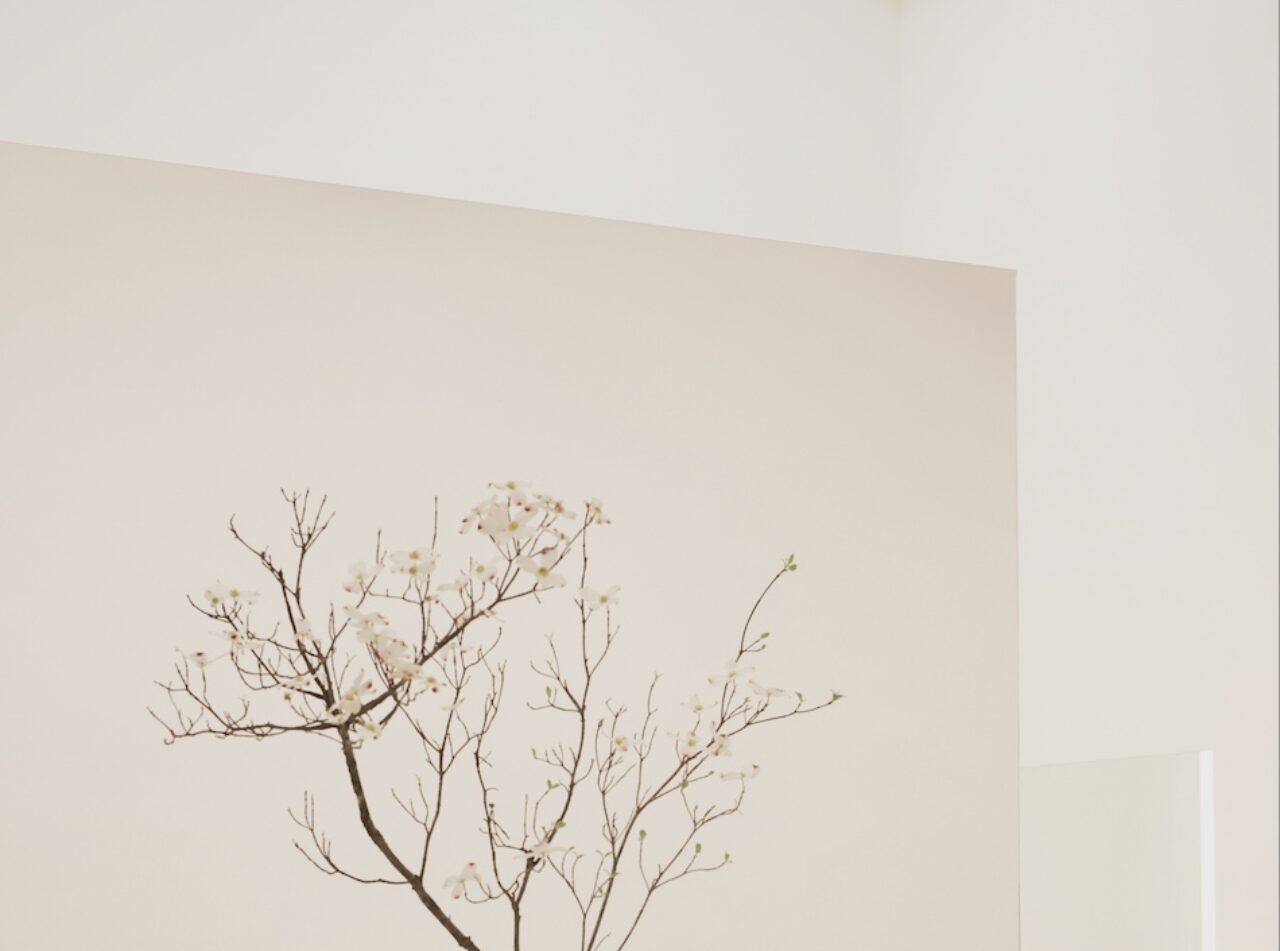CLIMBING MT FUJI
The Journey To Japan's Highest Peak On the Active Volcano & Sacred Mountain
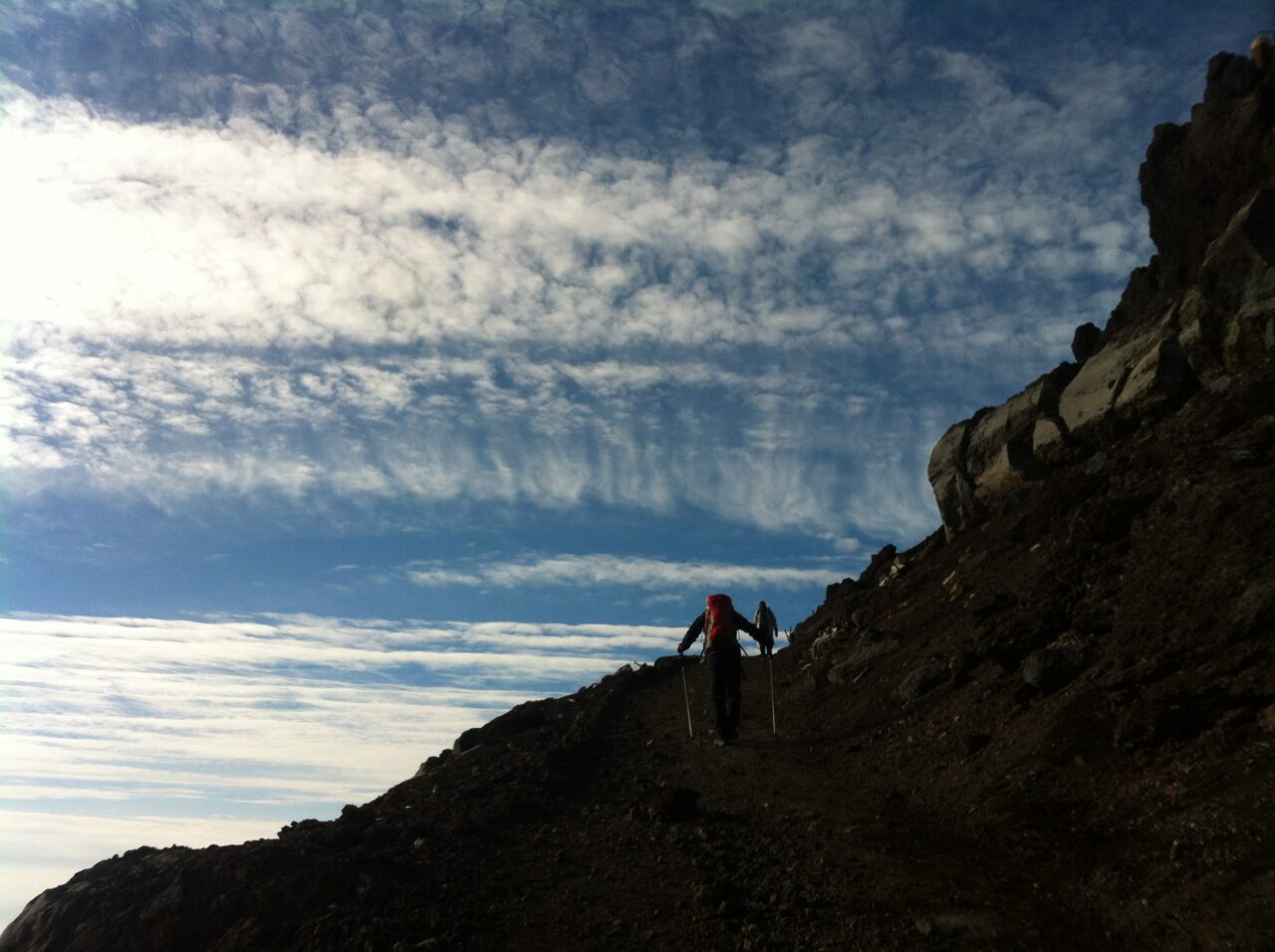
Back in 2014, Champ Editor Joanna Kawecki set to take on climbing Japan’s highest mountain, the active volcano and sacred Fuji-san. Along with friend Yuki Tokunaga and two other friends, they studied the routes, prepared hiking gear, sustenance and water for the journey, and set off for the 6-hour climb to summit, deciding to ascend via the Yoshida trail and descend by the Gotanda route. Surprisingly, the Yoshida trail is dotted with various shops, relief centers and mountain huts at each Station closer to base, ensuring your first few hours are relatively enjoyable even amongst Japan’s glaring August summer sun.
Whilst ascending Mount Fuji closer to the summit, it’s surprising to see how primal some areas are, without ropes or poles forcing you to focus on each step or rock that you leverage to step higher. Total concentration is necessary at every point while you’re battling unbelievably strong gusts of wind, or rain, or some flying debris from above. It’s all part of the journey that makes it so demanding and challenging — and particularly rewarding once you’ve reached the top.
Arriving at the summit with an elevation of 3,776 m, in particularly for sunrise truly is extraordinary. At the near-height of an aircraft, you’re exposed to all the elements, feeling the -6.6℃, and the tangible altitude and air pressure about 2/3 of that on the ground level. On the sunrise side of the mountain, find a bright red torii gate, a traditional Japanese gate only found at the entrance of Shinto shrine or temples, symbolically marking the transition from the mundane to the sacred. Hence why Mount Fuji has been a famed pilgrimage site for centuries, known as one of Japan’s “Three Holy Mountains” (三霊山, Sanreizan), along with Mount Tate and Mount Haku.
Yet its the Gotanda route on the return descent that will push you to your limits. Holding a history from the dormant volcano’s former eruption in 1707 that sees it covered with volcanic ash deposits. Not only will your calves be strained on the rugged and steep terrain, but running down endless through the volcanic ash for an hour or so will make you feel like you’re entering another vortex — only to feel like you’ll emerge years later in another time!
Surrounding Mount Fuji either in Yamanashi or Shizuoka prefectures, find an abundance of hot spring baths for your post-hike relief. We recommend Yamanakako Onsen Benifuji no Yu hot spring. They say, “If you never climb Mount Fuji, you’re a fool; if you climb it more than once, you’re a crazy fool.” Now years later after our first climb in 2014, we’ve forgotten how strenuous and exhausting it was so can take it on again — expect a new story coming up in 2022!
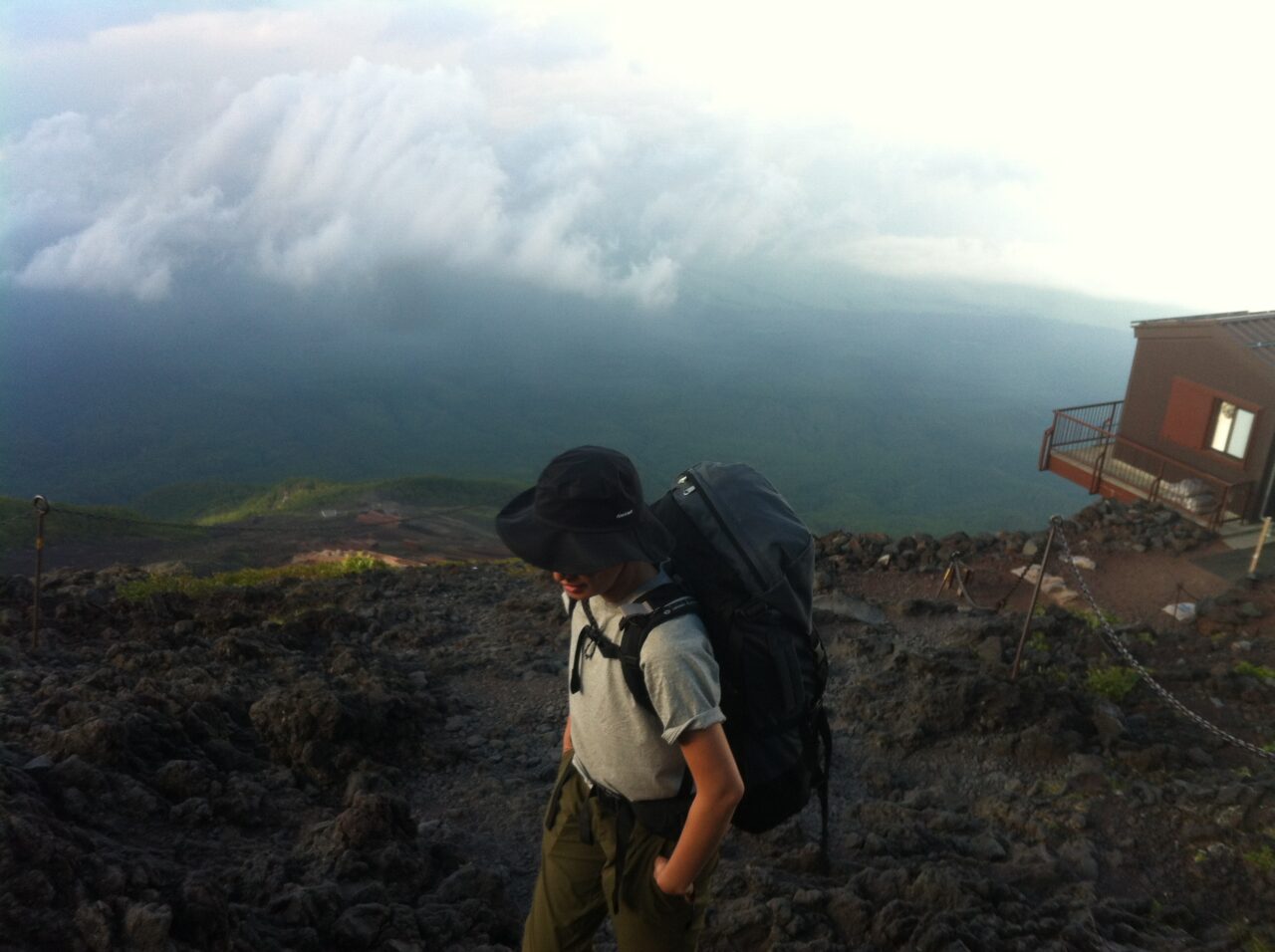
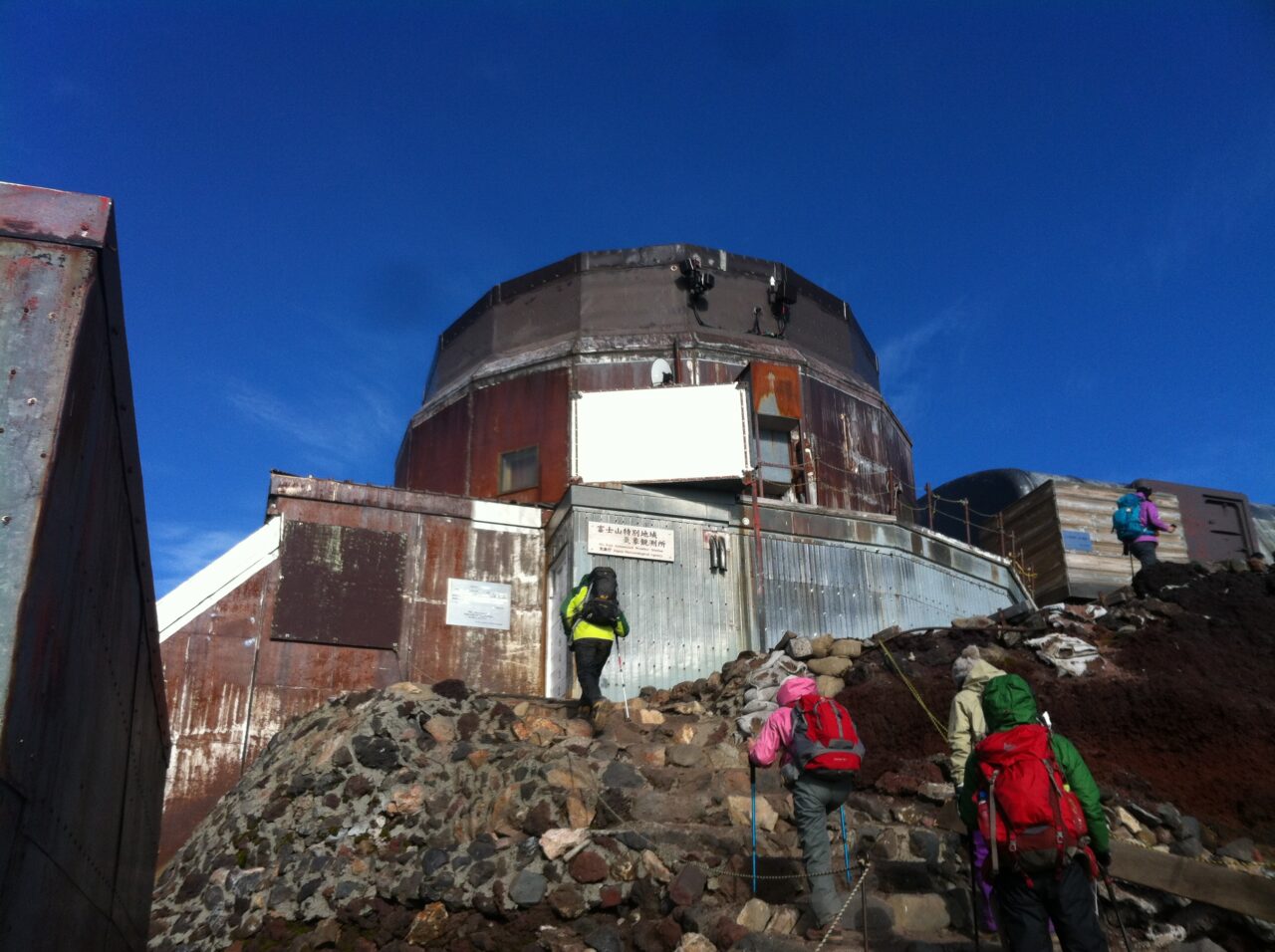
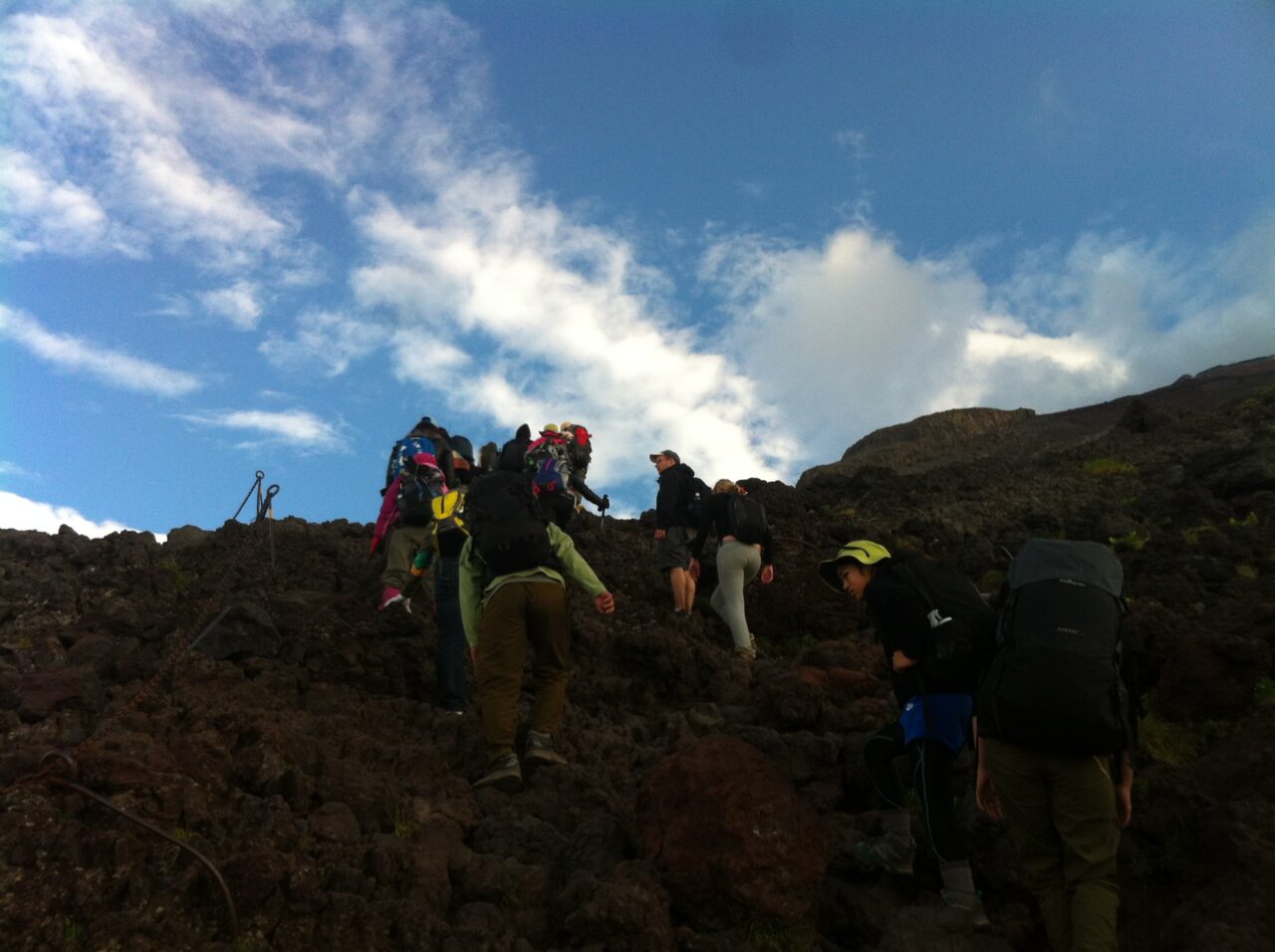
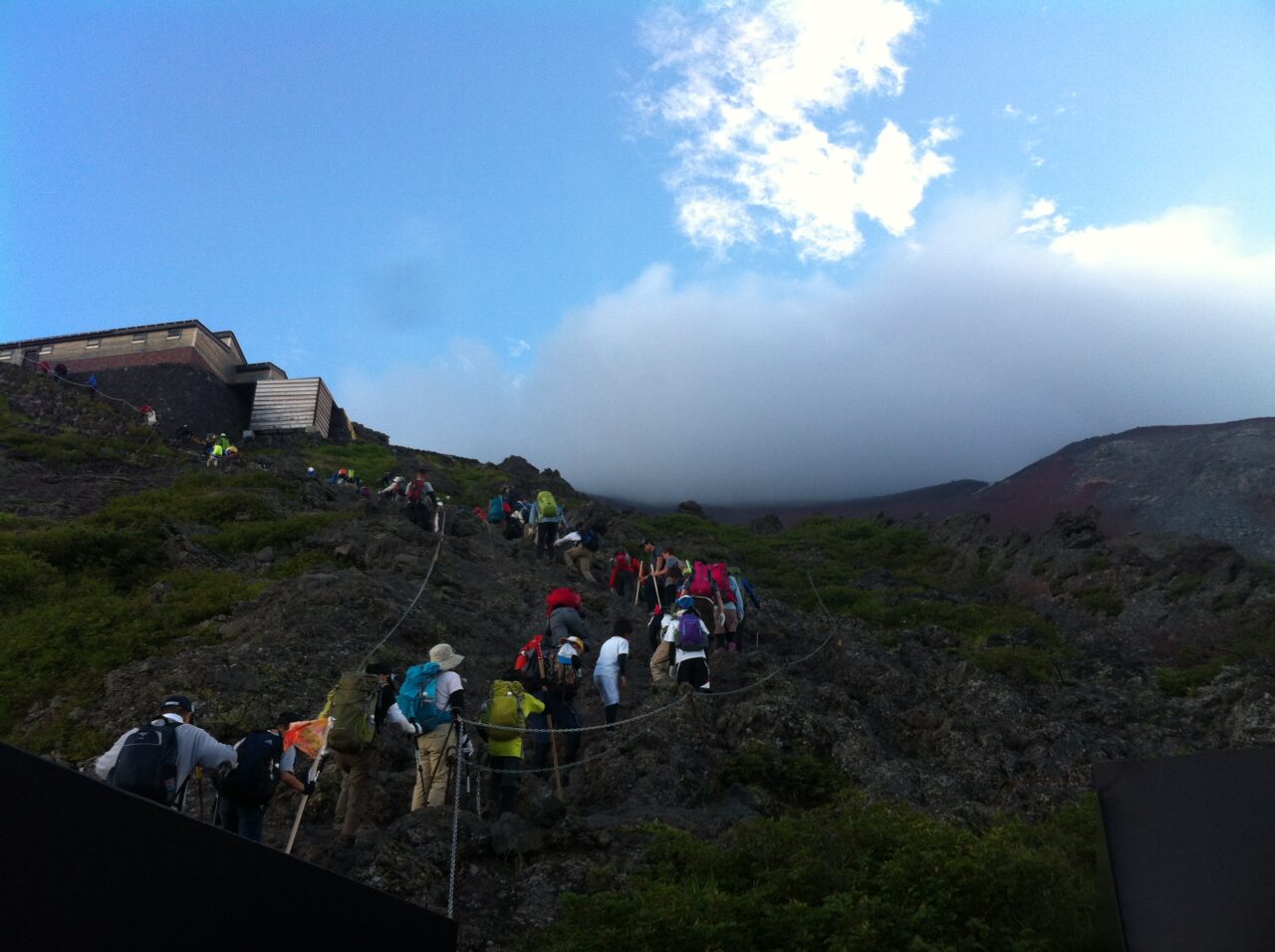
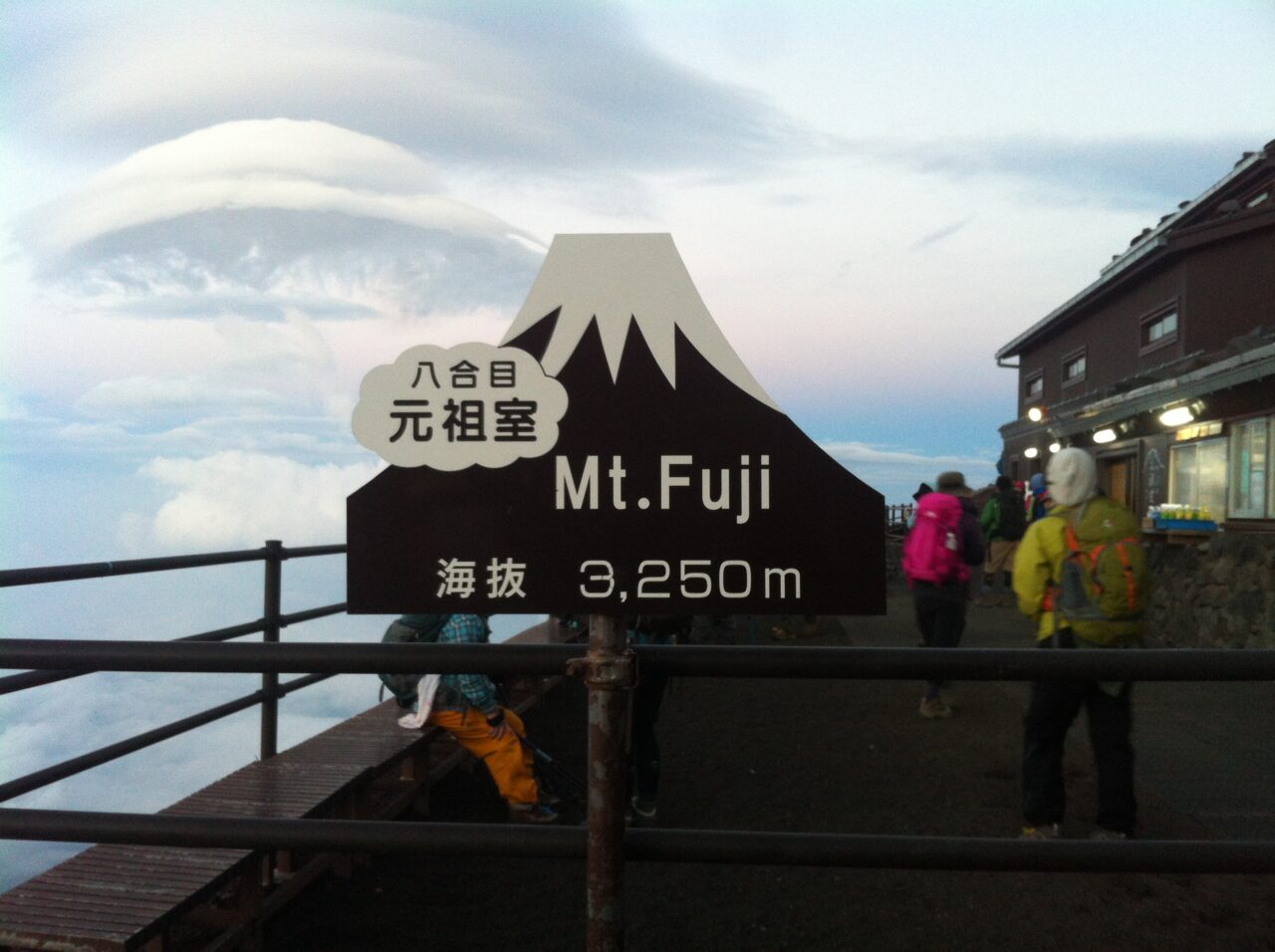

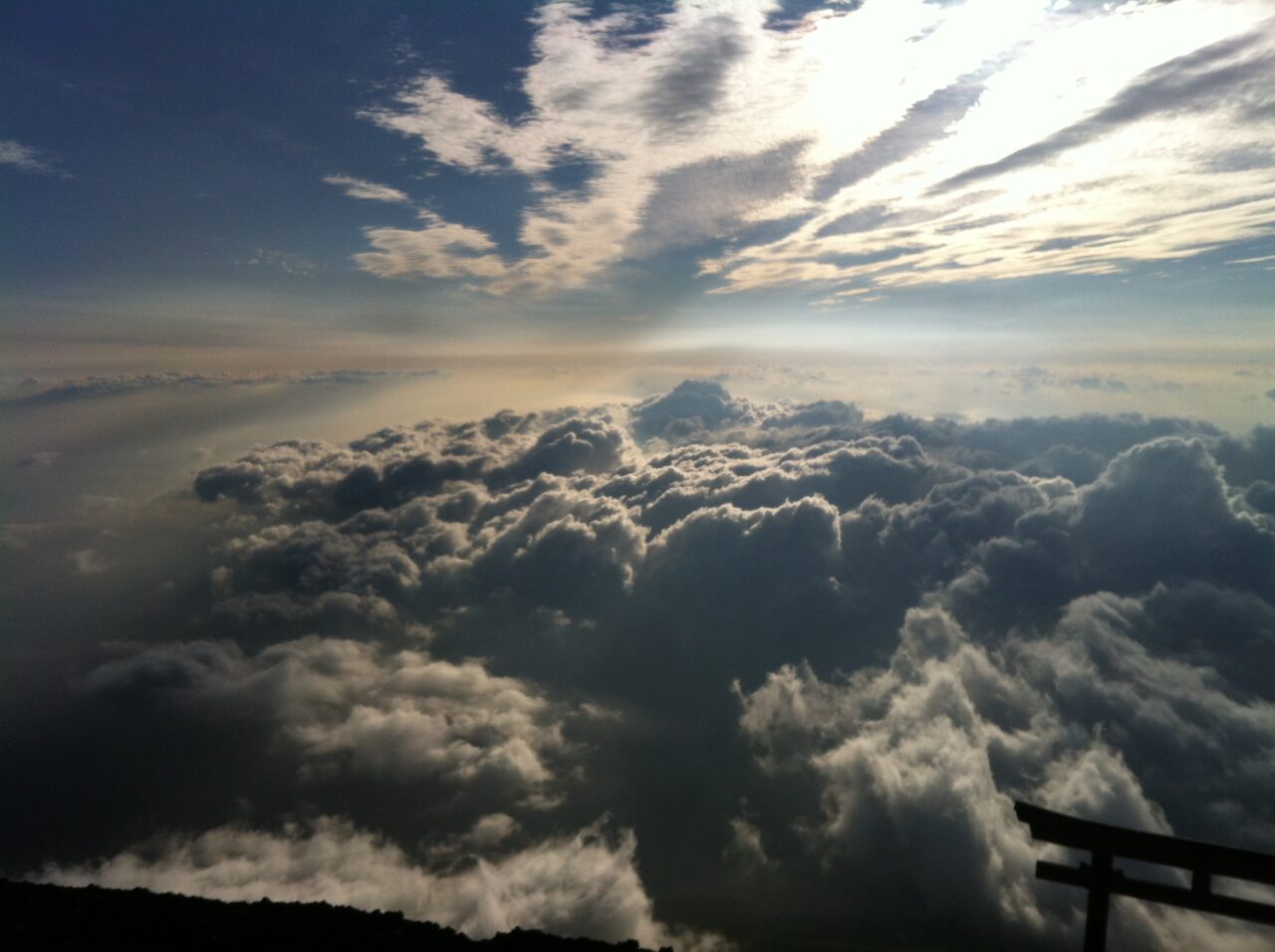
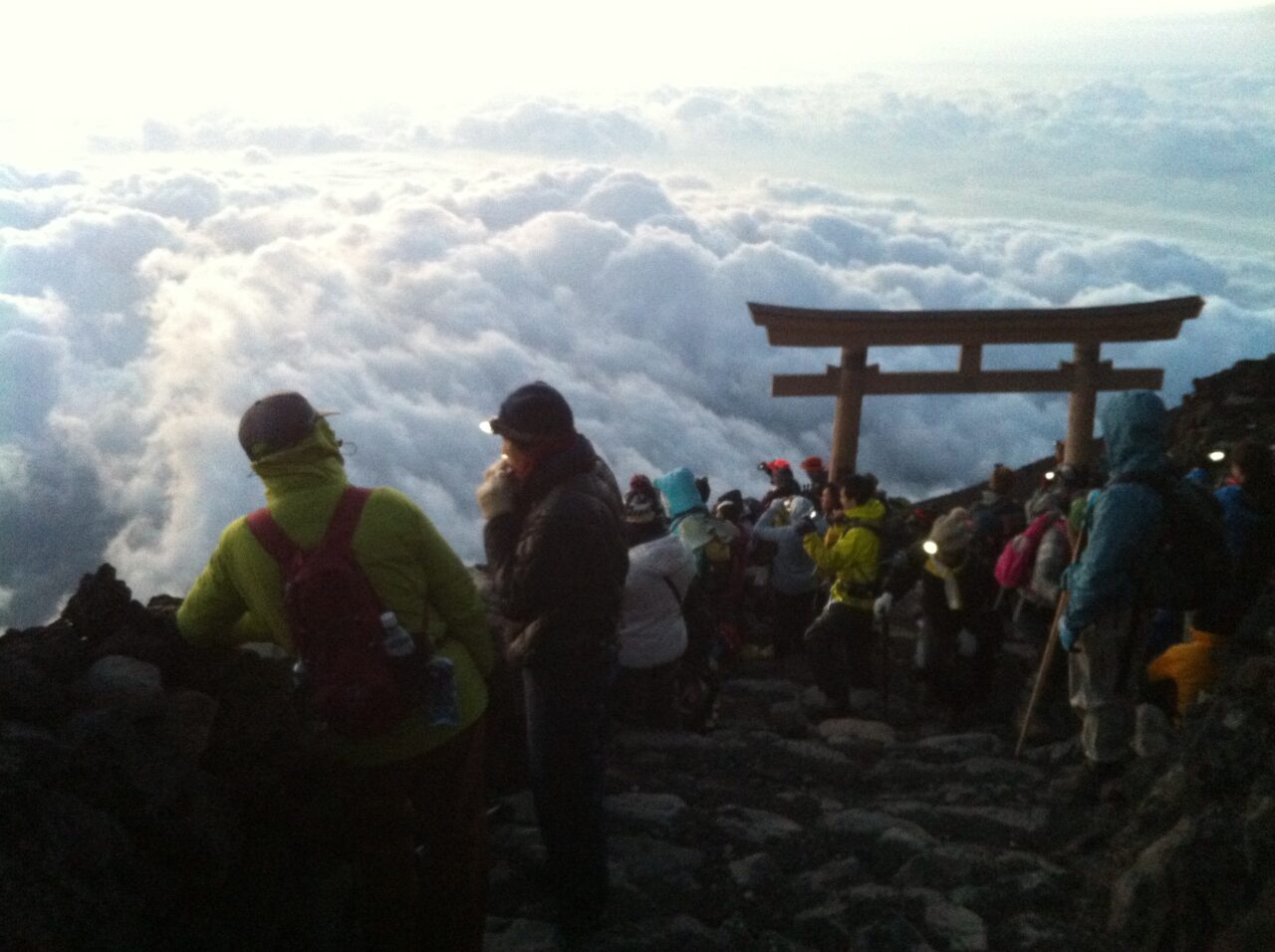
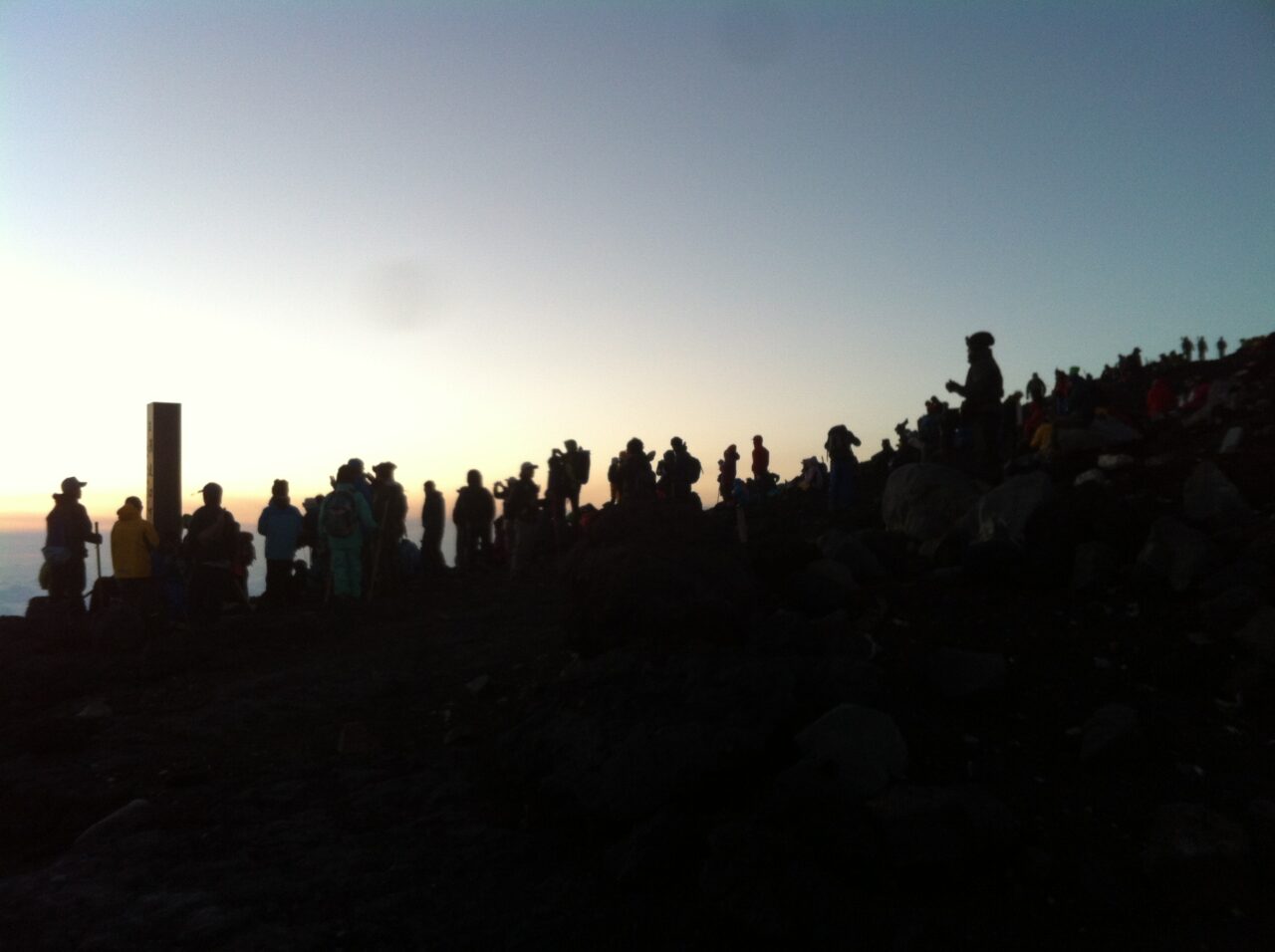
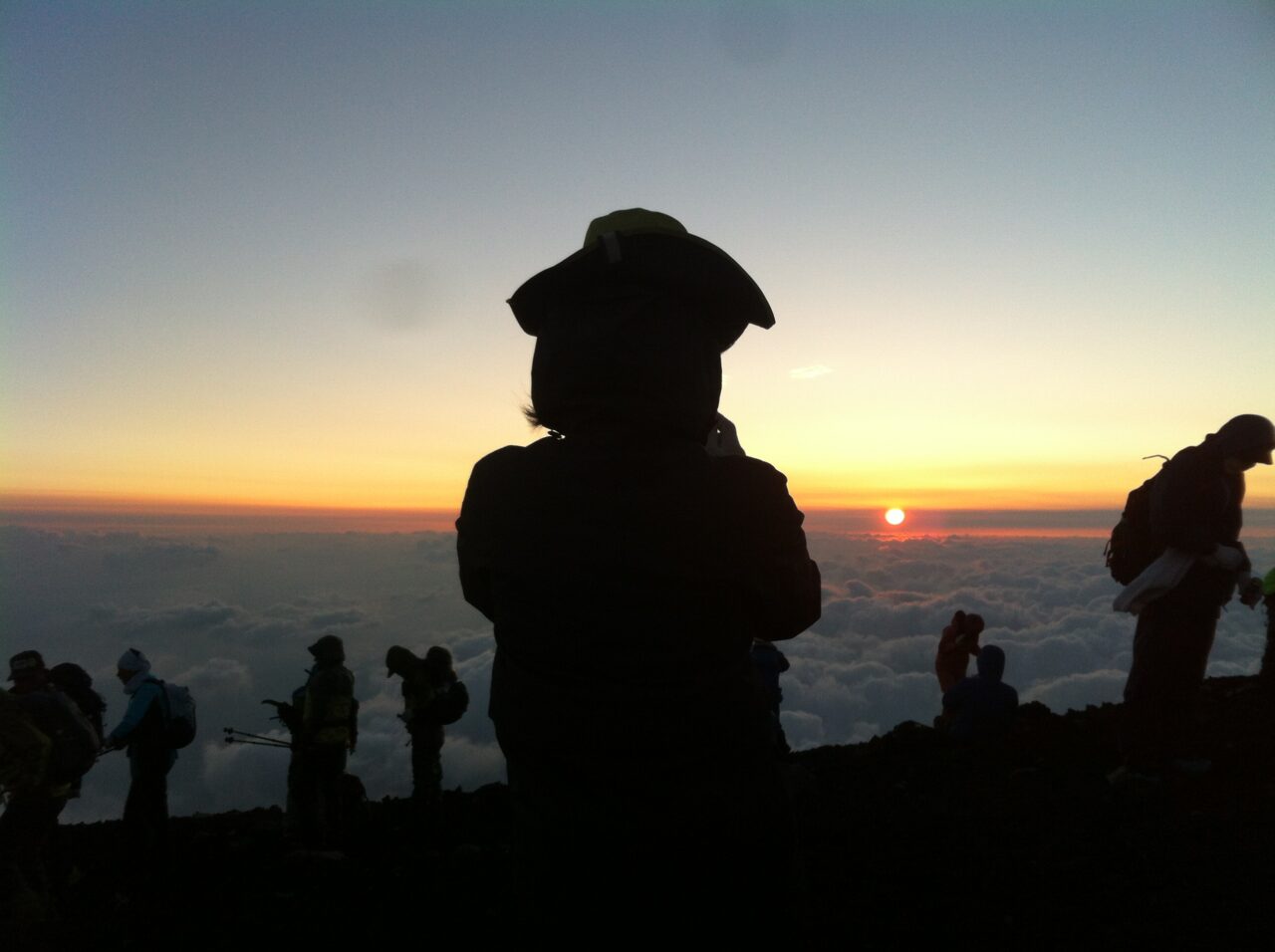
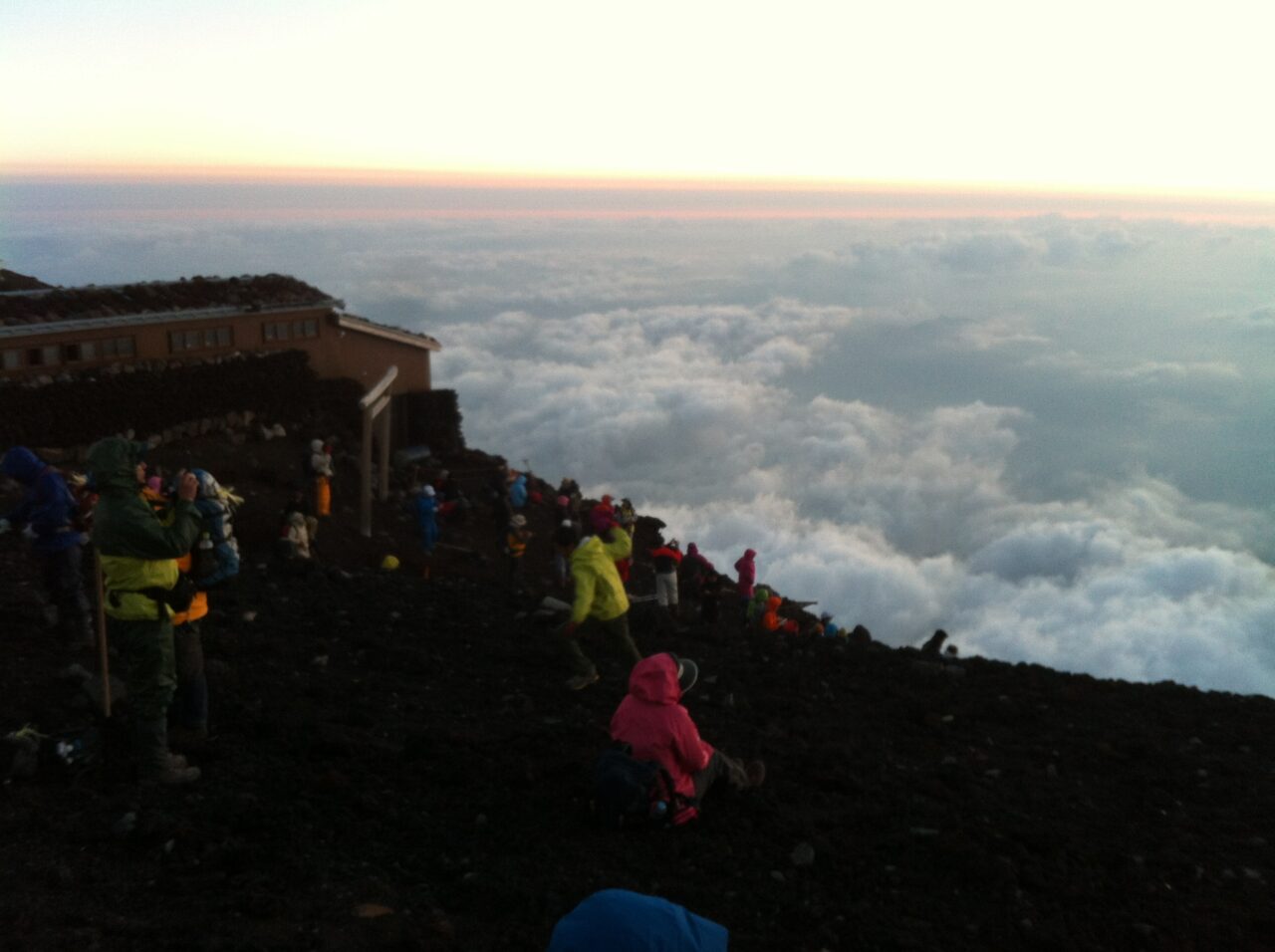

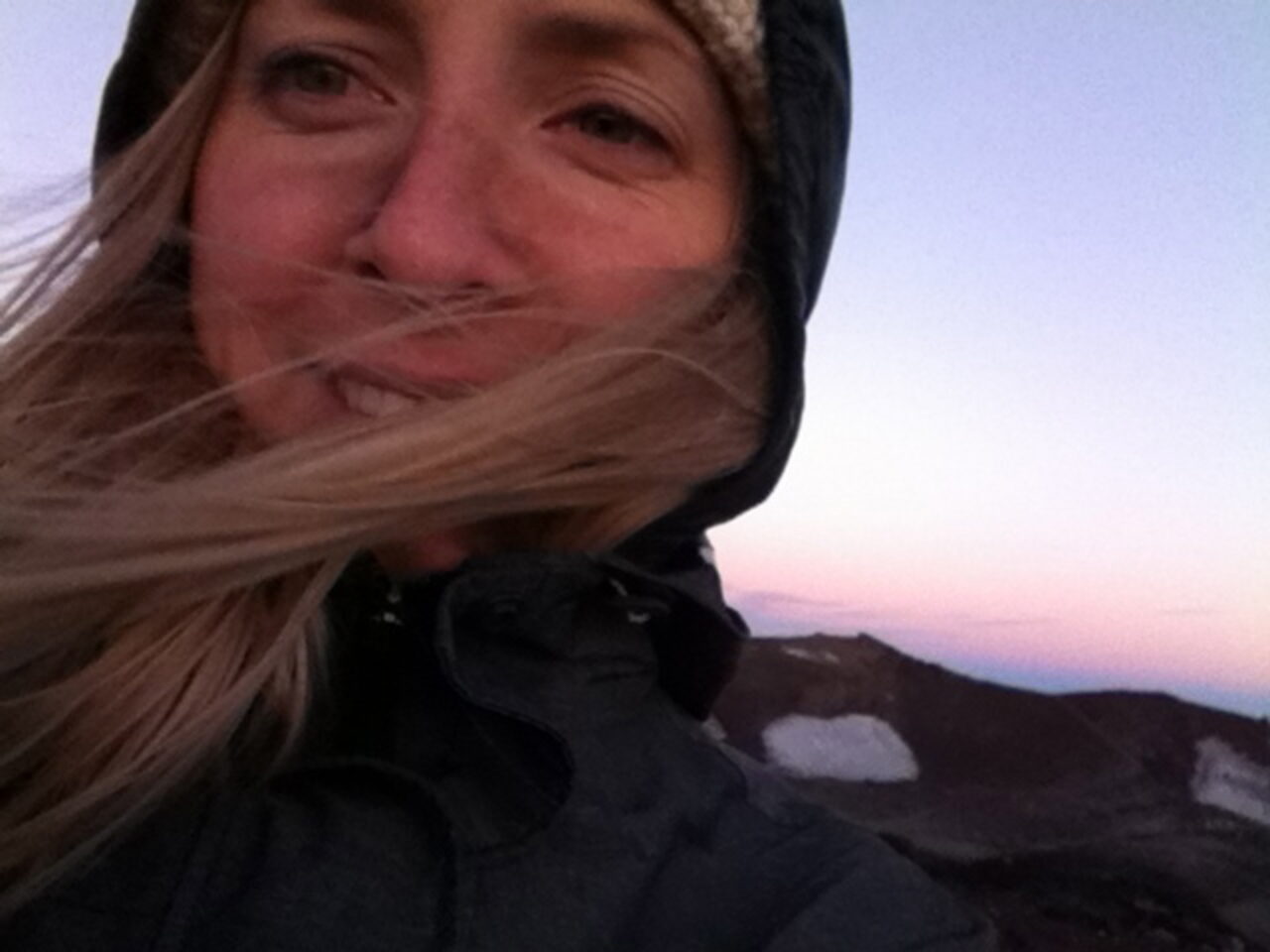



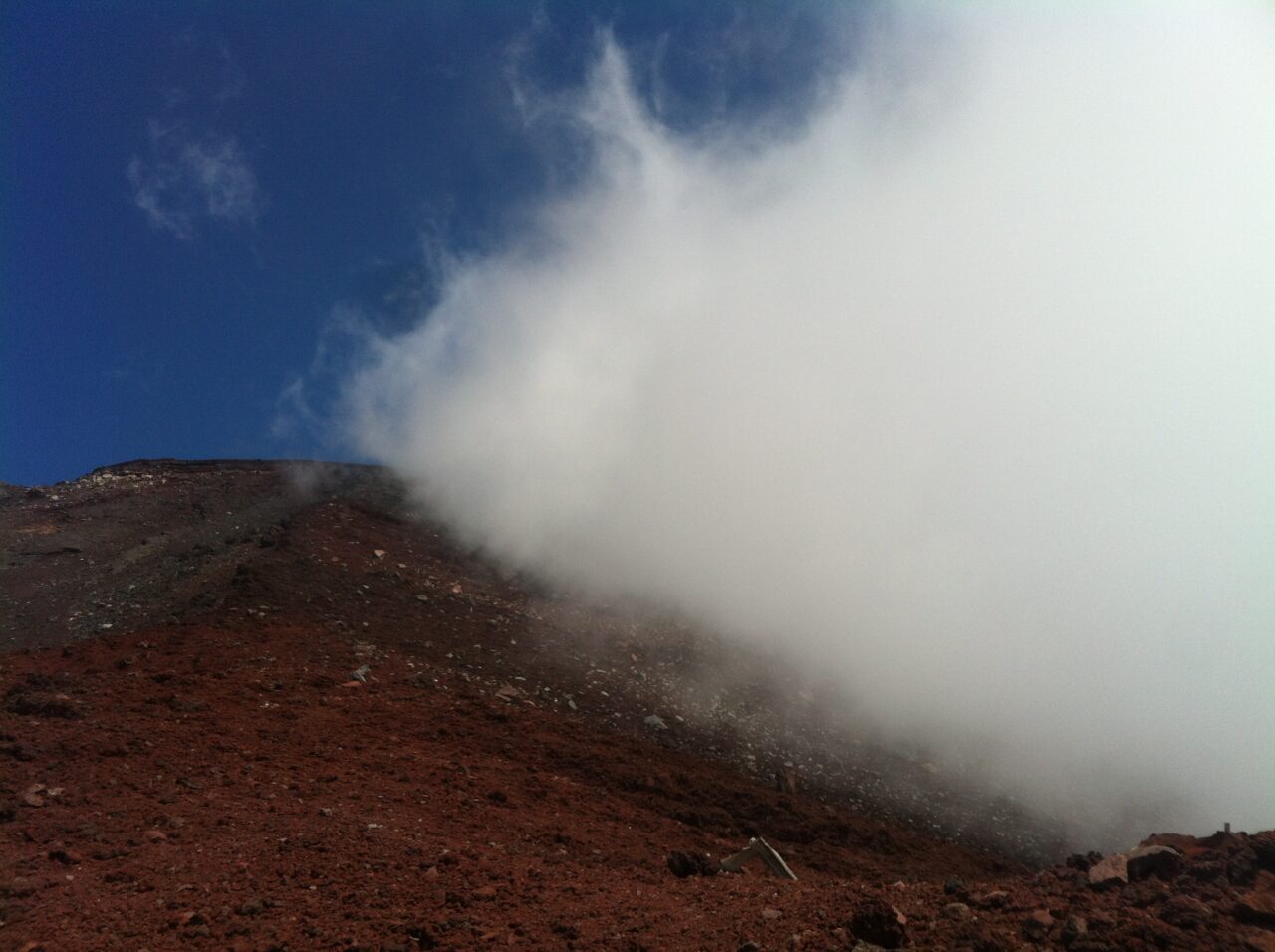

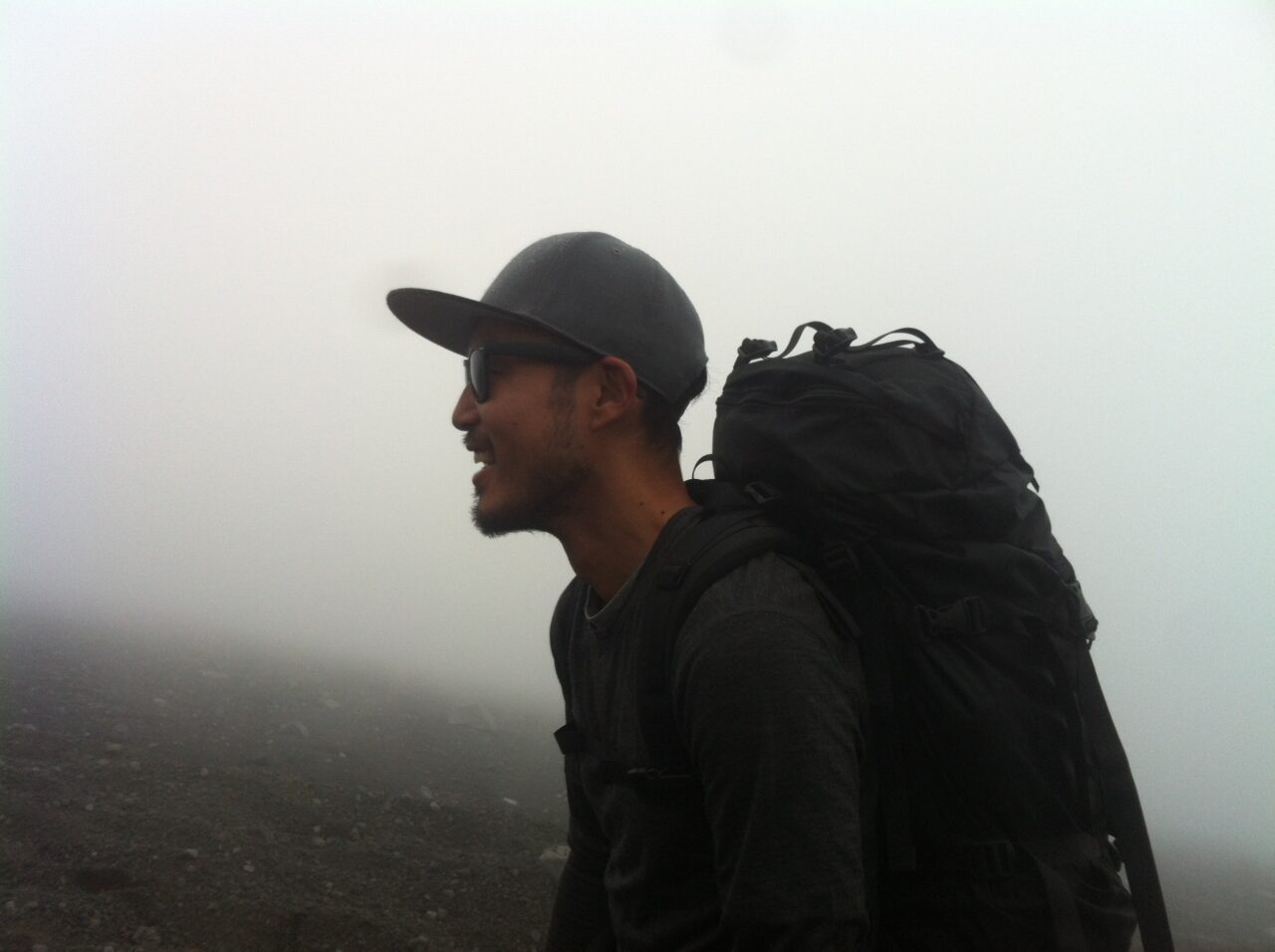
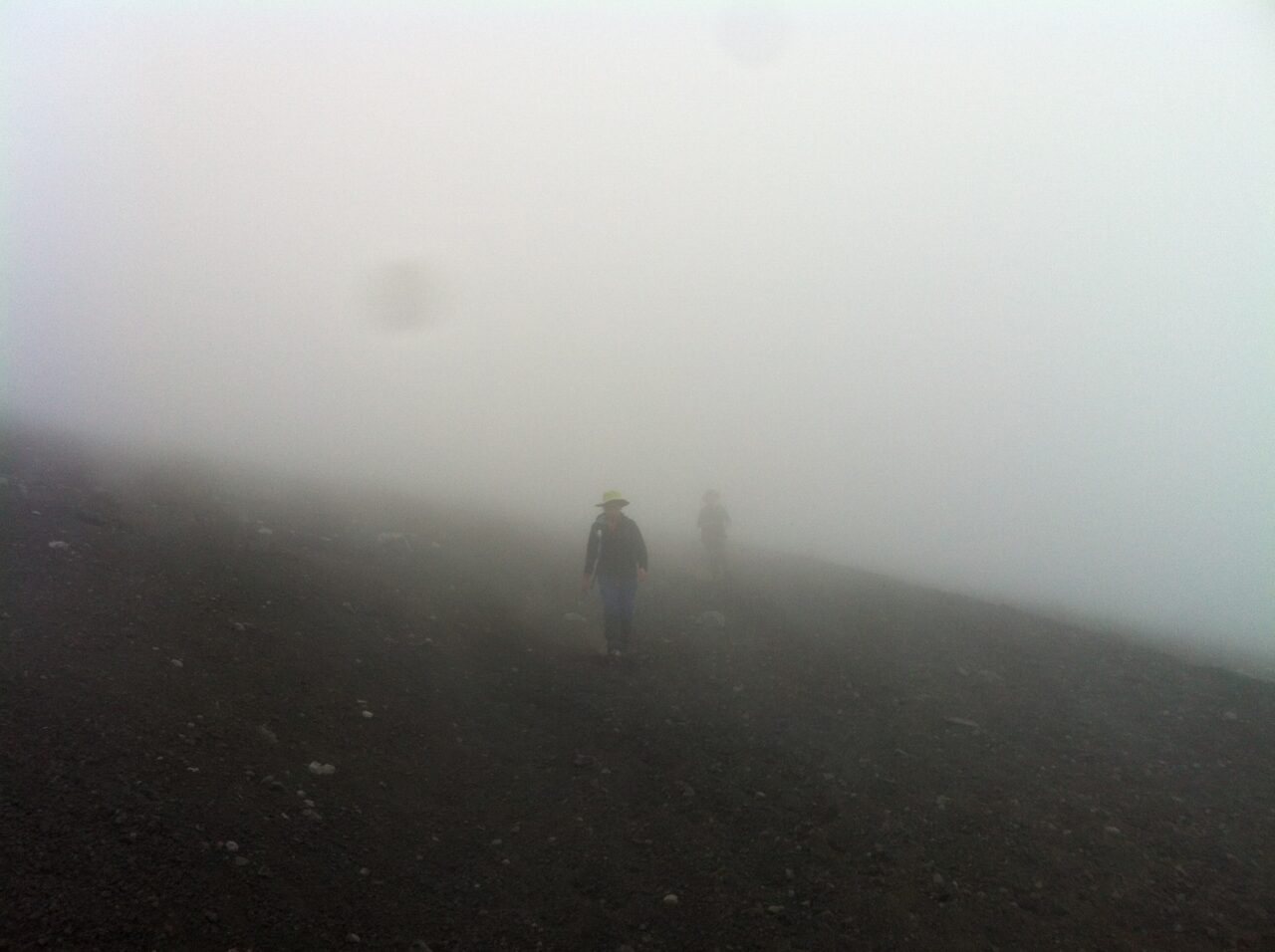
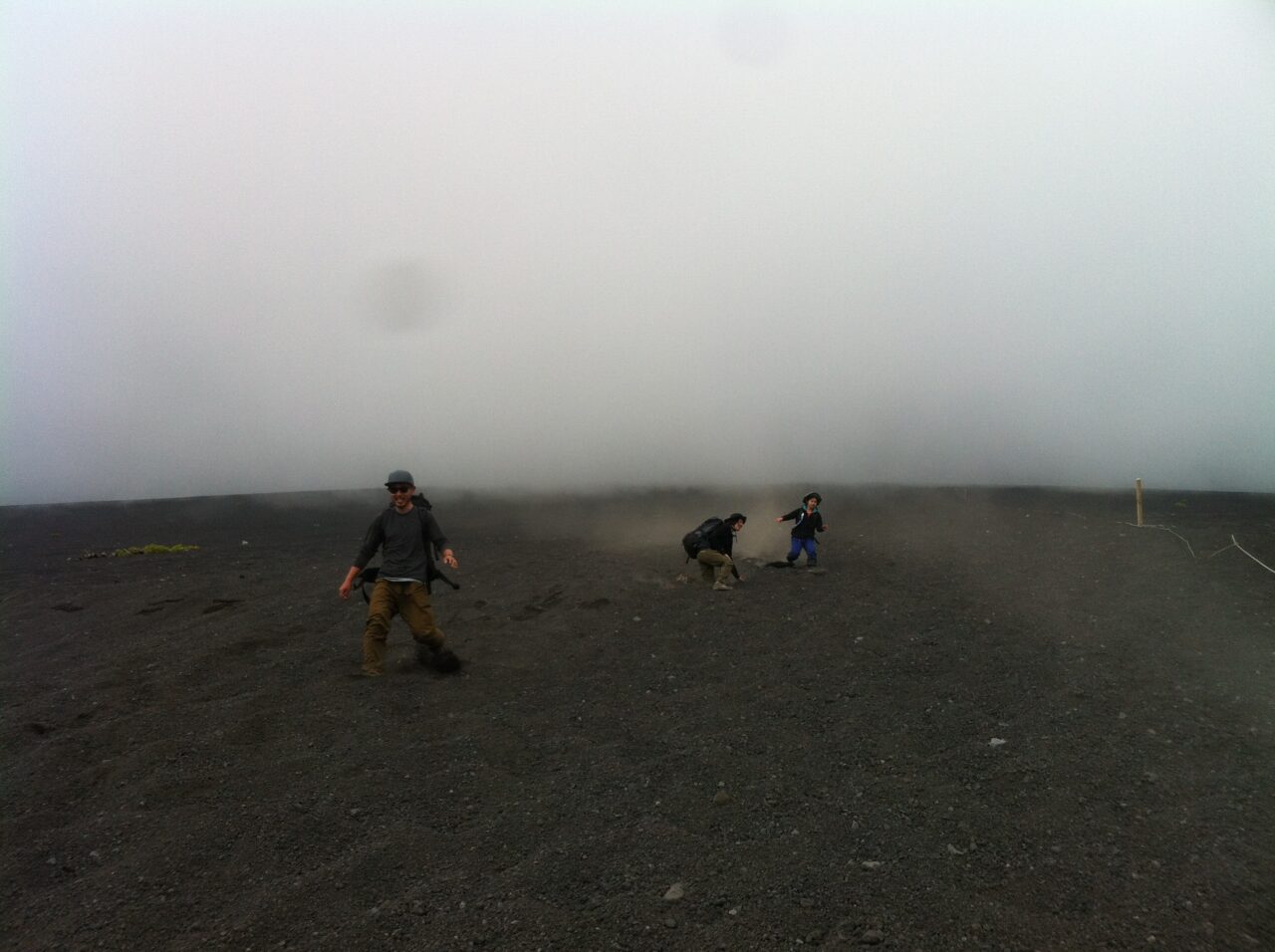
Words & photos: Joanna Kawecki


















